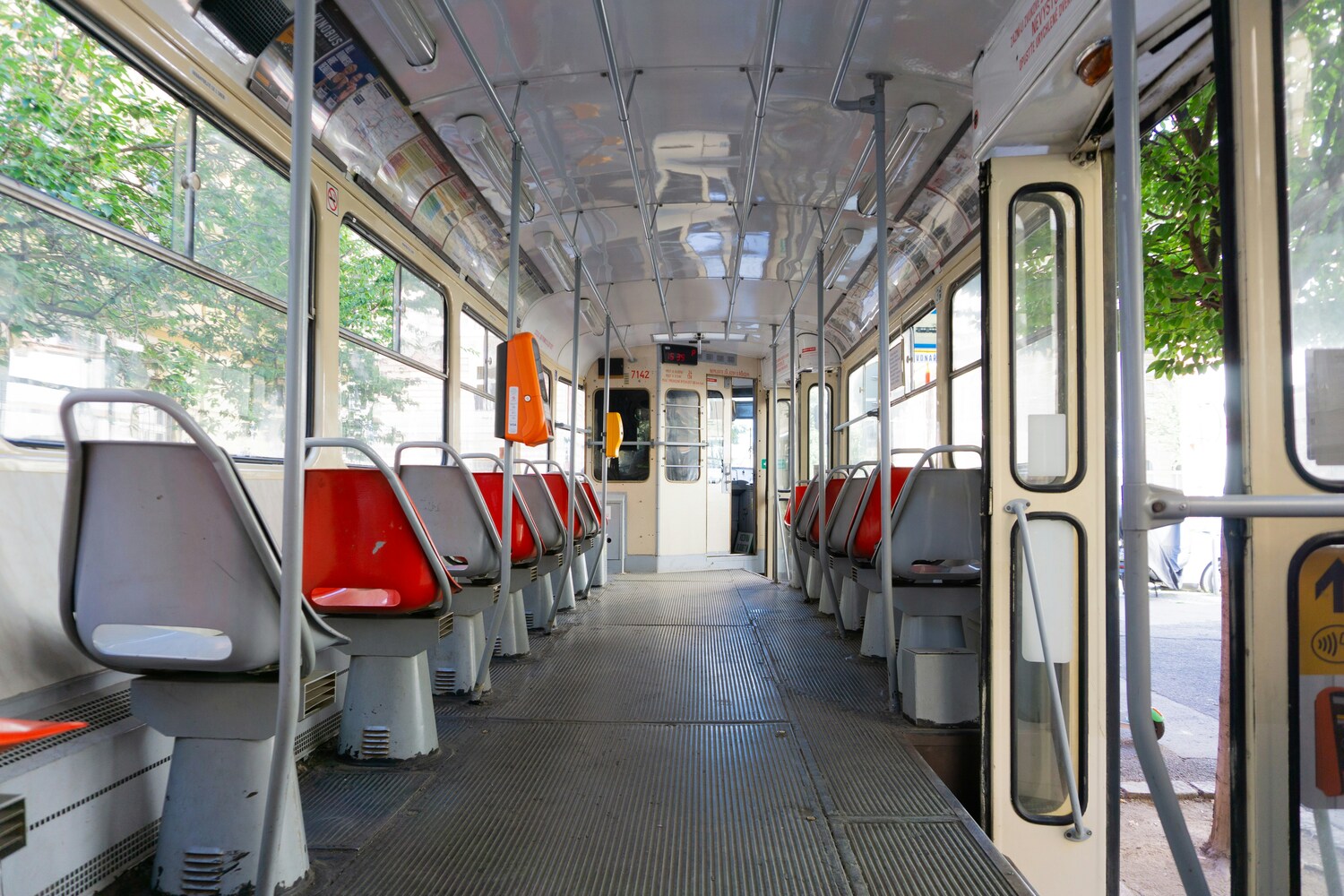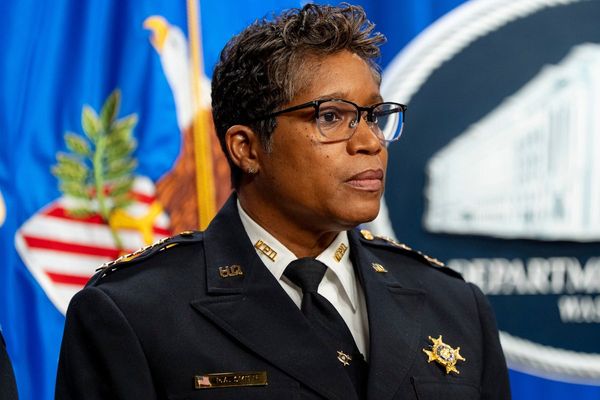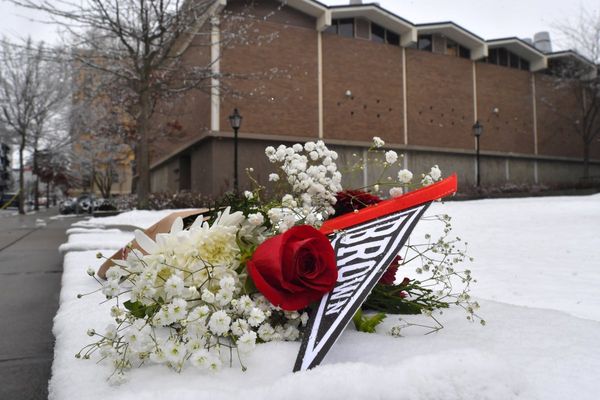
Across the U.S., vital government services, some of which have existed for decades, are quietly being scaled back, outsourced, or eliminated altogether. What’s more alarming is that these changes often happen without public hearings, official votes, or even announcements. One day, a service will exist. The next, it’s gone.
Whether due to budget cuts, shifting political priorities, or a calculated move toward privatization, the erosion of government services disproportionately affects the people who rely on them most: seniors, low-income families, people with disabilities, and rural residents. The impact isn’t always immediate, but the long-term consequences are undeniable. More people fall through the cracks, more burdens are pushed onto individuals, and trust in public institutions erodes.
Here are ten government services that are disappearing, often without warning, leaving many Americans blindsided.
10 Government Services That Are Vanishing Without Warning
1. Local DMV Branches in Small Towns
In an era where more services are expected to move online, many small-town DMV locations are quietly shutting down. The justification? Cost-saving and modernization. But the reality is that seniors, low-income individuals, and those without internet access are left without a practical way to renew licenses, register vehicles, or complete identity-verification requirements.
Some residents must now drive hours for basic services, or rely on outdated mail-in systems that increase the risk of delays, fines, or legal issues. For rural Americans, the closure of DMV offices is more than an inconvenience. It’s a slow form of disenfranchisement.
2. In-Person Social Security Assistance
The Social Security Administration has steadily reduced its in-person services, even in densely populated areas. While the pandemic accelerated the shift to digital platforms, many local offices have not returned to full operation. Wait times have surged, phone lines go unanswered, and live help is increasingly difficult to find.
This creates a barrier for elderly claimants, people with disabilities, and non-English speakers, many of whom depend on these face-to-face services to resolve complex issues, appeal denials, or simply get help understanding their benefits.
3. Public Health Clinics and Community Vaccination Programs
Before 2020, many communities had access to walk-in clinics offering vaccines, basic check-ups, and preventative care, especially for the uninsured. Today, many of those programs have quietly vanished. Federal pandemic funding has dried up, and state budgets are tightening, leaving once-reliable clinics closed or drastically reduced.
The result? Low-income residents delay care, children miss routine vaccinations, and preventable conditions go untreated. Public health infrastructure was once seen as a societal good. Now it’s treated as a luxury some states can no longer “afford.”
4. Affordable Public Transit Routes
As cities cut costs and shift priorities toward ride-share partnerships or light rail expansions, many lower-income bus routes have been eliminated. These routes, while not always profitable, were lifelines for hourly workers, students, and elderly residents who don’t drive.
When public transportation disappears from low-income neighborhoods, the ripple effects are severe: missed doctor appointments, job losses, and increased isolation. In many cities, transit systems are quietly becoming systems for the privileged, leaving the most vulnerable to fend for themselves.
5. Public Defender Offices With Full Caseloads
The constitutional right to legal representation doesn’t mean much when public defender offices are so overwhelmed that they can’t function. In many counties, budget cuts and hiring freezes have left these departments understaffed, with individual defenders juggling hundreds of cases at once.
In some places, defendants are told to represent themselves because there’s simply no one available. This isn’t just a service cut—it’s a failure of due process. Justice, in theory, is blind. But in practice, it’s vanishing for those who can’t afford private attorneys.
6. Job Training and Workforce Development Programs
Once heralded as key components of upward mobility, many local workforce programs have been gutted or absorbed into private sector “partnerships” that deliver little impact. Community colleges have shuttered vocational programs, state training grants have dried up, and apprenticeship initiatives have been replaced with vague “career centers” that offer more pamphlets than opportunities.
For working-class adults seeking new skills in a changing economy, this quiet disappearance of public retraining programs means fewer paths forward—and more dead ends.
7. Public Libraries, Especially in Rural Areas
Libraries aren’t just about books. They provide free internet, resume help, tax filing guidance, and even shelter in extreme weather. Yet hundreds of libraries have shut down or reduced hours in the past five years, particularly in rural and low-income areas. Some now operate only one or two days a week.
With libraries increasingly caught in political crossfire and budget constraints, their future is uncertain, and for many communities, their loss represents not just a resource gap but a civic void.
8. Free Tax Filing Assistance for Seniors and Low-Income Families
Volunteer Income Tax Assistance (VITA) and AARP tax programs have long helped older adults and low-income families navigate increasingly complex tax codes. But with IRS funding unstable and local support drying up, many of these programs now operate at reduced capacity, or not at all.
Without them, vulnerable filers are forced to either pay for services they can’t afford or attempt complicated returns on their own, risking penalties and missed benefits. The disappearance of these programs benefits no one except for-profit tax preparers.
9. Consumer Protection Offices and Complaint Hotlines
Once the watchdogs of fair pricing, deceptive practices, and fraud, many state and local consumer protection agencies have been absorbed into broader departments, losing visibility and power. The number of investigators and hotline staff has dropped, and many offices now refer complaints to websites with little human oversight.
In the age of scams, phishing, and corporate abuse, this loss is staggering. Without clear avenues to report wrongdoing, many consumers are left with no recourse when they’ve been exploited.
10. Maintenance of Public Parks, Trails, and Green Spaces
Parks and recreation budgets are often the first to be cut during financial crunches, and it’s showing. Trails go unmaintained, bathrooms close permanently, water fountains are removed, and local pools shut down. These spaces were once hubs of community wellness and family activity. Now, many are rundown, unsafe, or completely abandoned.
The quiet decline of public recreation is more than cosmetic—it’s a symptom of a country pulling back from shared civic life. For many families, it’s yet another reminder that what was once free and public is now neglected or pay-to-play.
What Happens When the Public Stops Getting Served?
The erosion of government services rarely makes headlines. It doesn’t happen with a bang, but with quiet closures, shorter hours, missed phone calls, and websites that no longer work. The losses are cumulative, and over time, they change what it means to be part of a functioning society.
These services didn’t vanish because people didn’t need them—they vanished because no one with power fought to keep them. And the people who needed them most were often the ones least equipped to protest or be heard.
Have you lost access to a government service you once relied on? How did it impact your life?
Read More:
14 Little-Known Government Programs Designed to Help You When You’re Broke
3 Government Programs That Offer Free Money For Senior Citizens







